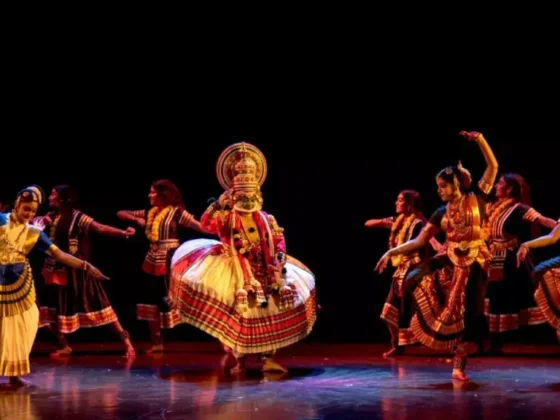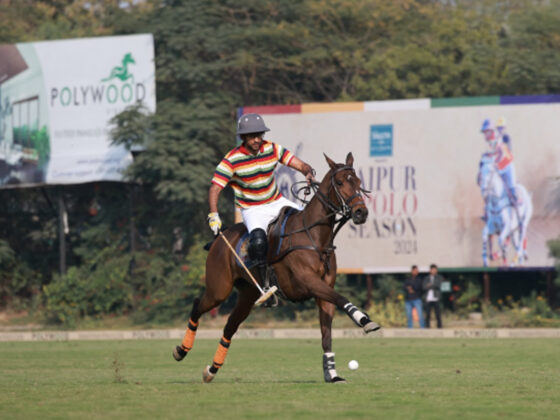The Rajput kings of Rajasthan were not only skilled warriors but also strategic thinkers who enjoyed intellectual challenges. Among their favorite pastimes were Shatranj (Chess) and Chaupar, two board games that tested their tactical skills, patience, and decision-making abilities. These games were played in royal courts and palace chambers, often serving as a source of entertainment, diplomacy, and mental exercise.

Shatranj: The Ancient Game of Strategy
Shatranj, the early form of modern chess, originated in India and was highly popular in Rajput courts. Rajput kings and nobles played it to refine their war strategies, treating the board as a miniature battlefield. Each piece, from the king to the pawns, represented different elements of warfare, mirroring the military tactics of the time.
Key Features of Shatranj in Royal Courts:
- Played on an 8×8 board, similar to modern chess.
- Pieces included Shah (King), Wazir (Advisor), Rukh (Chariot), Fil (Elephant), Asp (Horse), and Baidaq (Pawns).
- The game emphasized patience, foresight, and strategic planning.
- Kings often played Shatranj against their advisors, commanders, and guests as a test of intelligence.
Chaupar: The Royal Game of Luck and Skill
Chaupar, a cross-and-circle game similar to modern-day Ludo, was another favorite of Rajput kings. Played on a cloth or wooden board with cowrie shells or dice, it required both skill and luck. Chaupar was not just a game but a representation of life’s unpredictability and the need for strategic thinking.
Key Features of Chaupar in Royal Courts:
- Played with four players using wooden pawns and dice.
- Required players to move their pieces around the board based on dice rolls.
- Often used in social gatherings and royal festivities.
- Some Rajput queens and princesses also played Chaupar as a leisure activity.
The Cultural Legacy of Rajput Gaming Traditions
Even today, Shatranj and Chaupar remain integral to India’s traditional gaming heritage. Many forts and palaces in Rajasthan still display ancient Chaupar boards and chess sets, reflecting the deep-rooted connection of these games with Rajput culture. Modern chess owes much of its origins to Shatranj, while Chaupar continues to be enjoyed in rural and royal households alike.
Conclusion
The Shatranj and Chaupar: the favorite games of Rajput kings, were more than just pastimes; they were tools of learning, strategic planning, and social interaction. These games showcased the intellectual and tactical prowess of Rajasthan’s royal rulers, leaving behind a lasting legacy in the world of board games.





